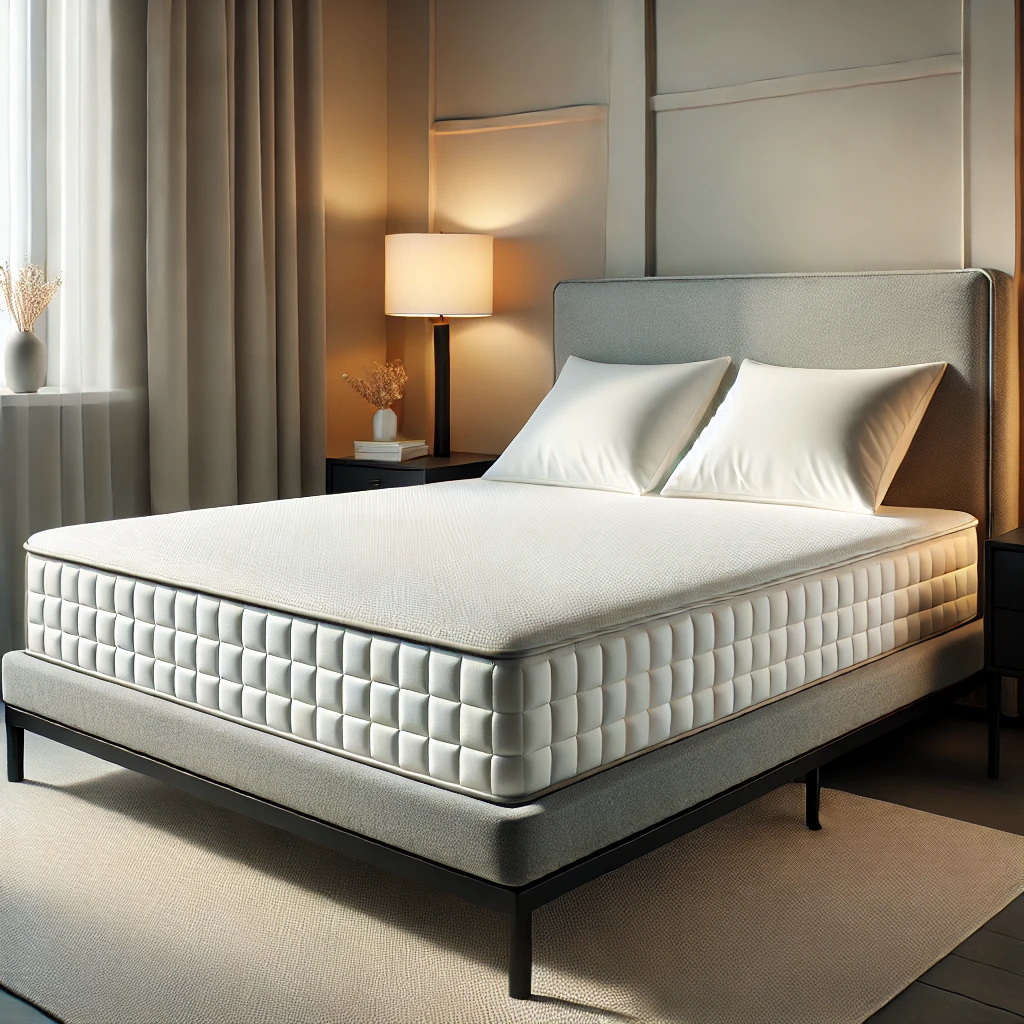Memory Foam Mattresses: The Perfect Balance of Comfort and Support

Memory Foam Mattresses: Benefits, Drawbacks, and Best Uses
When I first heard about memory foam mattresses, I was intrigued by the idea of a bed that could mold to my body shape. It sounded like something straight out of a sci-fi movie! But as I dove deeper into researching these mattresses, I realized that there’s a lot more to memory foam than just its ability to contour. If you’ve ever wondered whether a memory foam mattress might be right for you, let me share what I’ve learned through my journey of exploring its benefits, drawbacks, and best uses.
Benefits of Memory Foam Mattresses
One of the most talked-about benefits of memory foam is its ability to provide excellent pressure relief. Unlike traditional innerspring mattresses, which can create pressure points on your shoulders, hips, and knees, memory foam distributes your body weight more evenly across the surface. This means that if you struggle with aches and pains, particularly in these areas, a memory foam mattress can be a game-changer.
Another advantage is motion isolation. If you share your bed with a partner who tosses and turns, memory foam can be your best friend. The material absorbs motion incredibly well, so you won’t be disturbed by movements on the other side of the bed. This feature is particularly beneficial if one of you is a light sleeper.
Memory foam also excels in providing a customized sleeping experience. Since it molds to your body’s shape, it offers personalized support that adapts to your unique sleeping position and body type. This can be particularly comforting for side sleepers or those with specific back or neck pain issues.
Drawbacks of Memory Foam Mattresses
However, memory foam isn’t without its drawbacks. One of the most common complaints is heat retention. The very property that makes memory foam so great at contouring also makes it notorious for trapping heat. If you’re someone who tends to sleep hot, this can be a major issue. Thankfully, many modern memory foam mattresses incorporate cooling technologies like gel infusions or open-cell structures to combat this, but it’s still something to be aware of.
Another potential downside is the “stuck” feeling some people experience. Because memory foam is slow to respond to movement, it can feel like you’re sinking into the mattress, which makes changing positions a bit of an effort. This sensation might not be for everyone, particularly if you prefer a bed with a bit more bounce.
Lastly, there’s the issue of off-gassing. Memory foam is made from polyurethane, which can release volatile organic compounds (VOCs) when new. This off-gassing process can produce a noticeable chemical smell that some people find unpleasant. The good news is that it usually dissipates within a few days, but if you’re sensitive to smells or chemicals, this might be a concern.
Best Uses for Memory Foam Mattresses
Given its unique properties, memory foam is particularly well-suited for people with chronic pain. The pressure-relieving qualities can make a significant difference for those dealing with conditions like arthritis or fibromyalgia. By reducing pressure points, memory foam can help alleviate pain and improve sleep quality.
Memory foam is also a great choice for couples. Its motion isolation properties mean that if one person is a restless sleeper, the other won’t feel the constant movement throughout the night. This can lead to a more peaceful and uninterrupted sleep, which is essential for maintaining a good relationship!
Finally, memory foam is ideal for side sleepers. Since side sleepers put more pressure on their hips and shoulders, the contouring nature of memory foam can help distribute weight evenly, reducing the risk of waking up with soreness in these areas.
Final Thoughts on Memory Foam Mattresses
If you’re considering a memory foam mattress, it’s essential to weigh the pros and cons based on your personal sleep preferences. While the benefits of pressure relief, motion isolation, and customized support are compelling, potential issues like heat retention and the “stuck” feeling might be deal-breakers for some. However, with the advancements in cooling technology and the wide variety of memory foam options available today, it’s easier than ever to find a model that mitigates these concerns. Ultimately, memory foam can be a fantastic choice for those seeking a mattress that adapts to their body and offers a more personalized sleep experience.
Related Posts
- Types of Beds and Bed Features
- Quality Bedding Upgrade: 10 Must-Have Essentials for Better Sleep
- Integrating Floor Lamps and Ceiling Fixtures for Bedroom Décor
- Top Luxury Mattresses 2024: Best Picks for Ultimate Comfort
- Standard Sham Bedding: 5 Must-Have Benefits for a More Stylish, Comfortable Bed
- Caffeine and Sleep: How Late is Too Late for Coffee?
- Adjustable Sleep Systems: Enhancing Health and Wellness in the Bedroom
- Behind Closed Doors: The Changing Face of Nuptial Bedding Ceremonies in Medieval and Early Modern Europe













